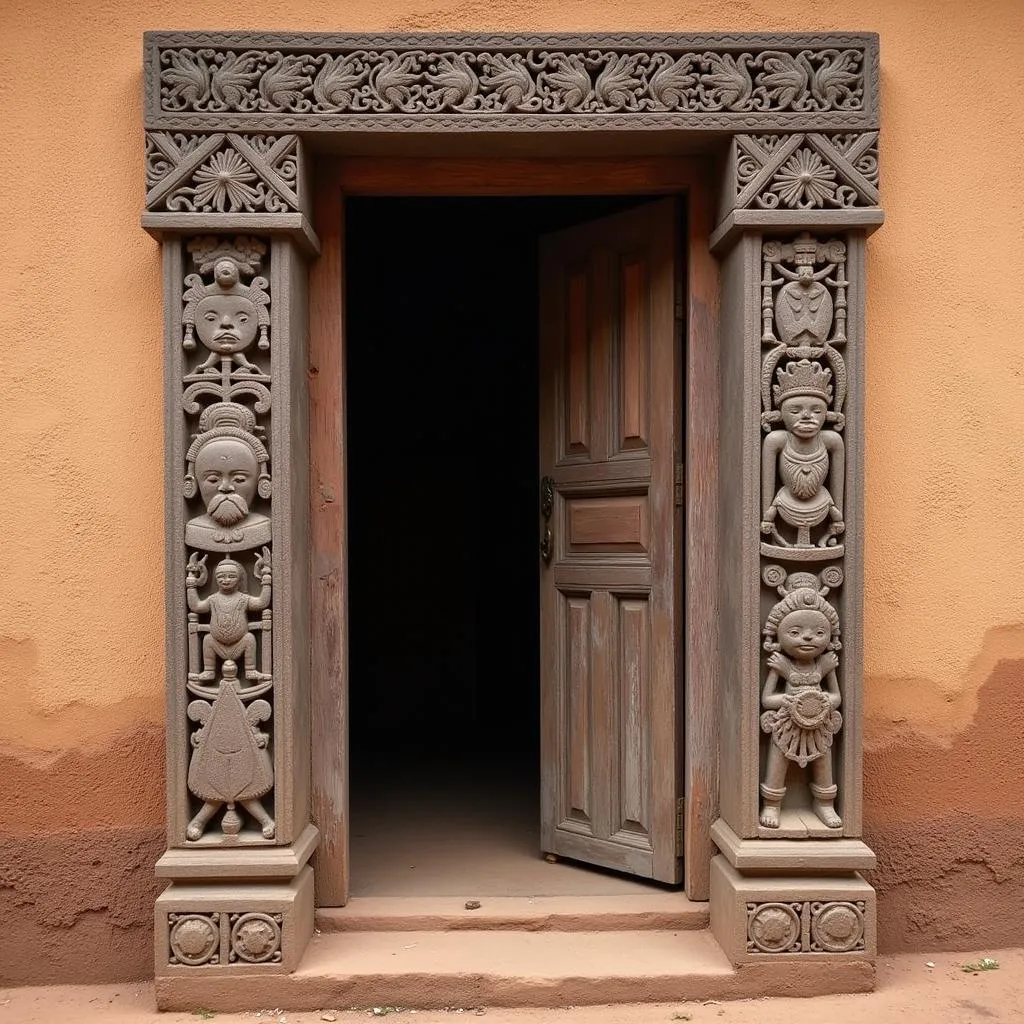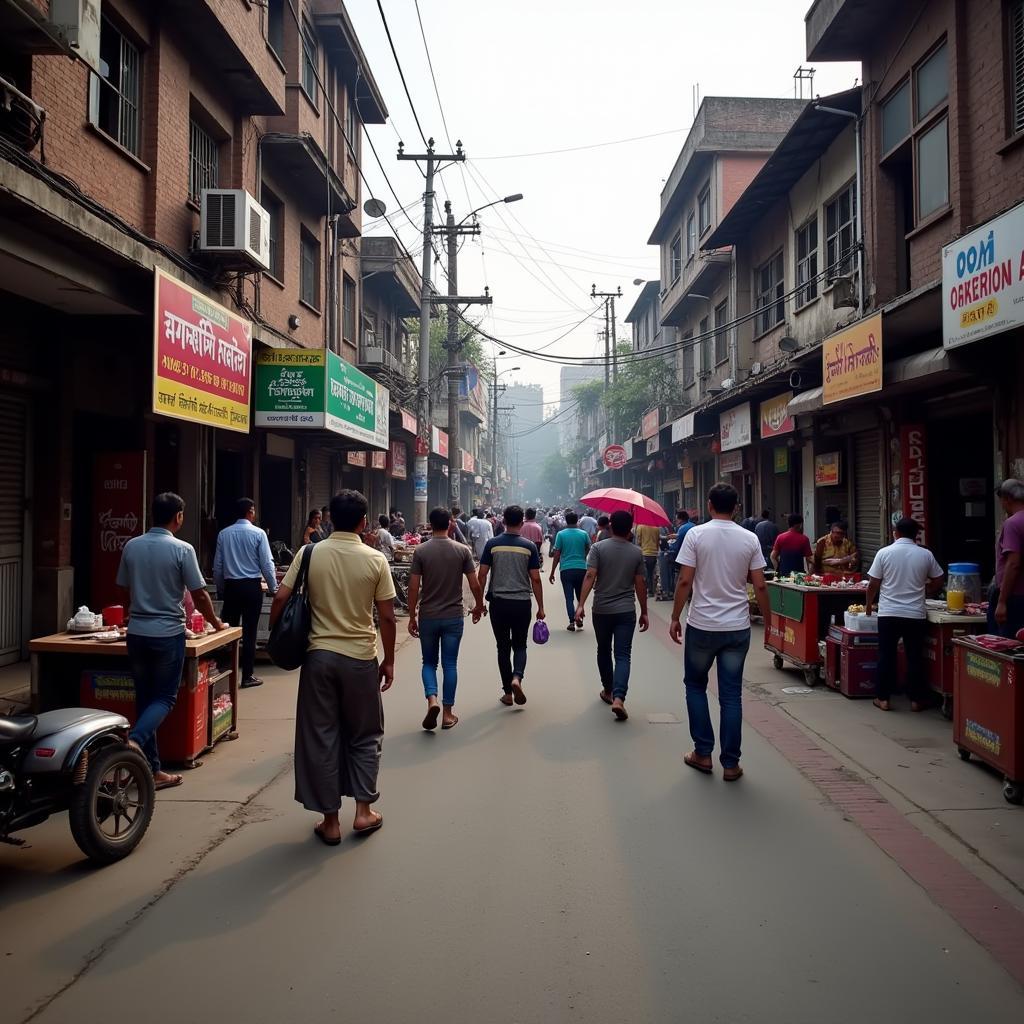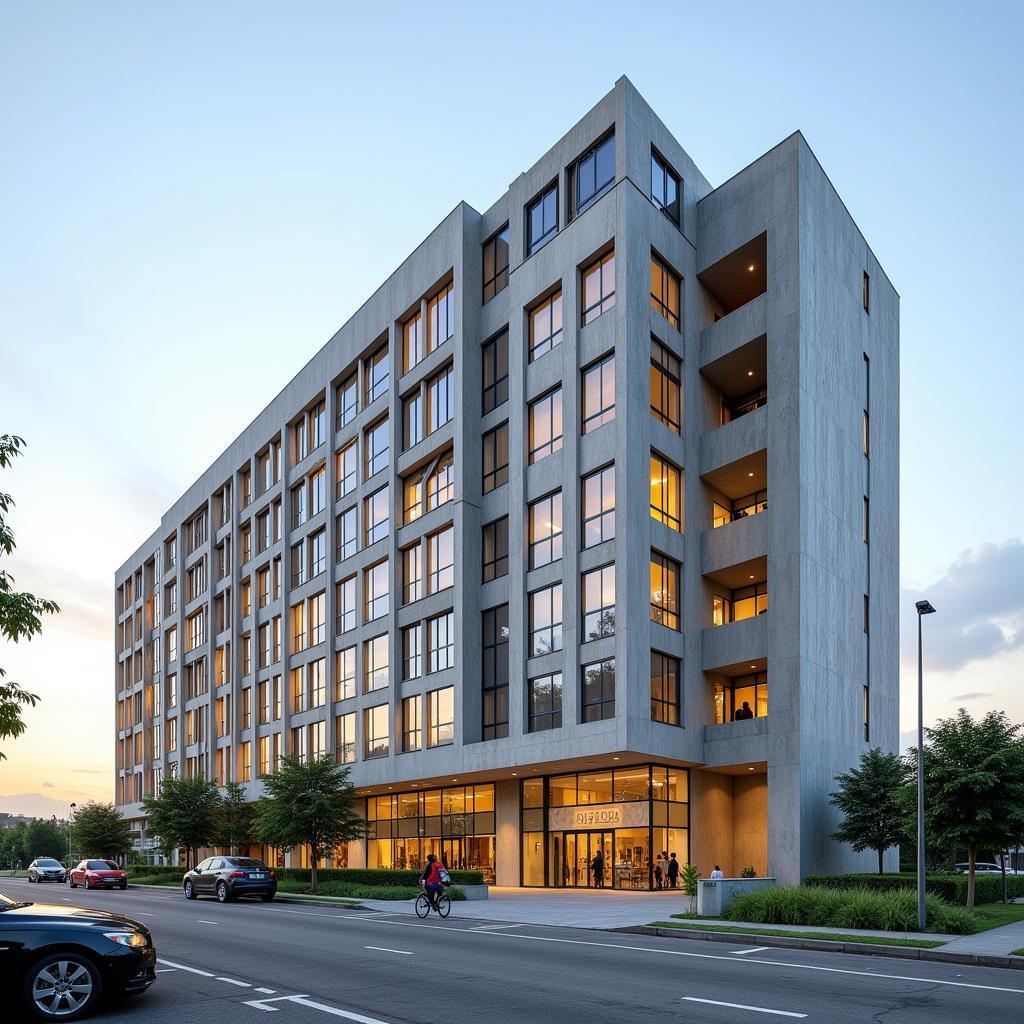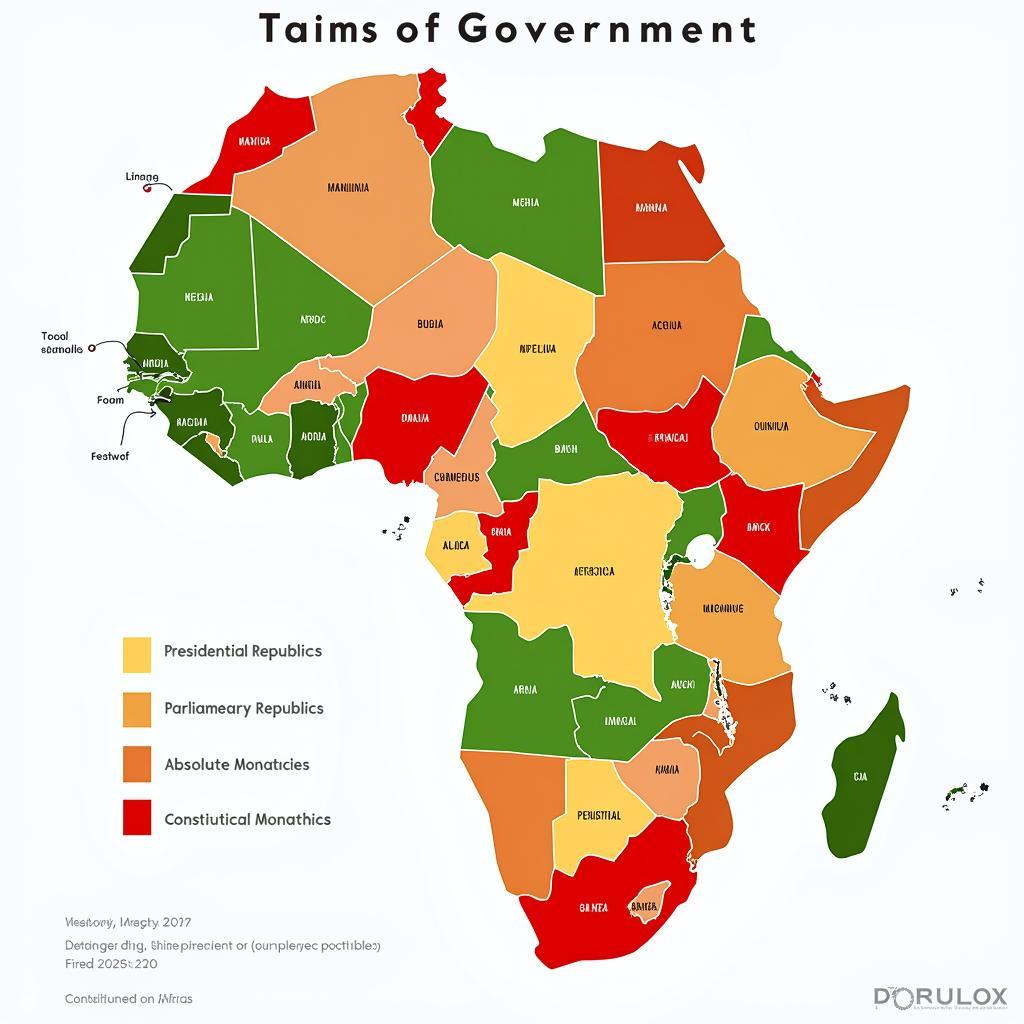The Allure and Appreciation of African Buttocks
The human form has been a subject of fascination and celebration across cultures for centuries. Within the diverse tapestry of beauty standards worldwide, African Buttocks hold a unique place, often sparking curiosity and admiration. This exploration delves into the cultural significance, aesthetic appreciation, and the problematic aspects of fetishization surrounding this body feature.
A Celebration of Curves: Body Image in African Cultures
Across many African cultures, a fuller figure, particularly in the hips and buttocks, has long been associated with beauty, fertility, and motherhood. This appreciation for curves is deeply rooted in traditional values that emphasize a woman’s ability to bear and nurture children.
For instance, among the Himba people of Namibia, a woman’s wide hips are seen as a sign of strength and vitality. Similarly, in many West African cultures, traditional dances often involve rhythmic movements that accentuate the hips and buttocks, showcasing a woman’s grace and sensuality.
It’s important to note that the perception of beauty varies within the African continent itself, with diverse ethnic groups holding distinct standards. While some cultures may favor fuller figures, others may place value on different attributes.
Beyond Aesthetics: The Intersection of Culture and Body Image
The appreciation of African buttocks goes beyond mere physical attraction. It’s intrinsically linked to cultural beliefs, social norms, and historical context. For instance, in pre-colonial Africa, a woman’s body shape was often seen as an indicator of her health and nutritional status, reflecting her family’s social standing and ability to provide for her.
Moreover, in many traditional African societies, artistic representations of the human form, including sculptures and carvings, often featured exaggerated hips and buttocks. These artistic expressions served not only as aesthetic ideals but also as cultural symbols representing fertility, abundance, and the continuation of life.
 African Traditional Dance Performance
African Traditional Dance Performance
The Fine Line: Appreciation vs. Fetishization
While the celebration of curves is a beautiful aspect of many African cultures, it’s crucial to address the harmful consequences of fetishization. When appreciation morphs into an obsessive focus on a specific body part, it objectifies individuals and reduces them to mere objects of desire.
The fetishization of African buttocks can perpetuate harmful stereotypes and contribute to the hypersexualization of Black women. It’s essential to recognize and challenge these harmful narratives, promoting respect and understanding of diverse beauty standards.
Navigating the Nuances: Respect, Representation, and Body Positivity
Engaging with the topic of African buttocks requires sensitivity and nuance. It’s crucial to approach the subject with respect, acknowledging the cultural context and avoiding generalizations.
Furthermore, it’s essential to promote diverse representation of African beauty, moving beyond stereotypical portrayals. This includes showcasing the vast range of body types and features that exist within the continent, celebrating the beauty of individuality and challenging Eurocentric beauty standards.
FAQs
Q: Is it appropriate to compliment someone on their African buttocks?
A: Complimenting someone’s physical appearance should always be done with respect and sensitivity. It’s best to avoid focusing on specific body parts and instead offer general compliments that acknowledge the person’s overall beauty or style.
Q: What are some ways to challenge the fetishization of African buttocks?
A: Promoting diverse representation in media, challenging stereotypes, and engaging in open conversations about race, culture, and body image are all crucial steps towards combating fetishization.
Q: How can I learn more about the cultural significance of body image in different African countries?
A: Engaging with African literature, art, music, and dance can provide valuable insights into diverse cultural perspectives on beauty and body image. Additionally, seeking out information from reputable sources and learning from individuals within those communities is essential.
Need More Information?
Explore our other insightful articles on African culture:
Have other questions about African culture? Contact us at +255768904061, email us at kaka.mag@gmail.com, or visit us at Mbarali DC Mawindi, Kangaga, Tanzania. Our customer service team is available 24/7.



